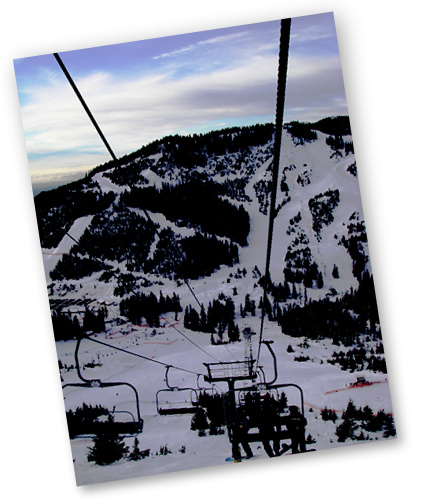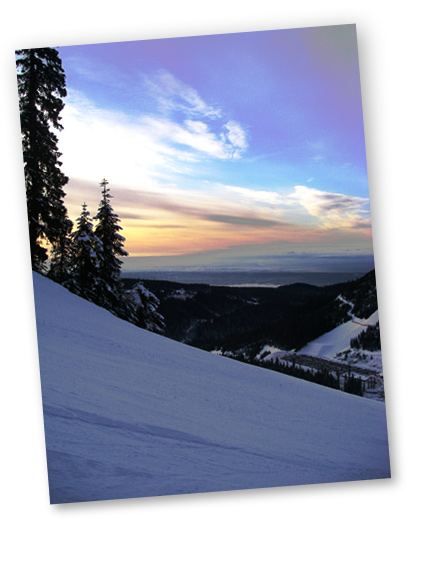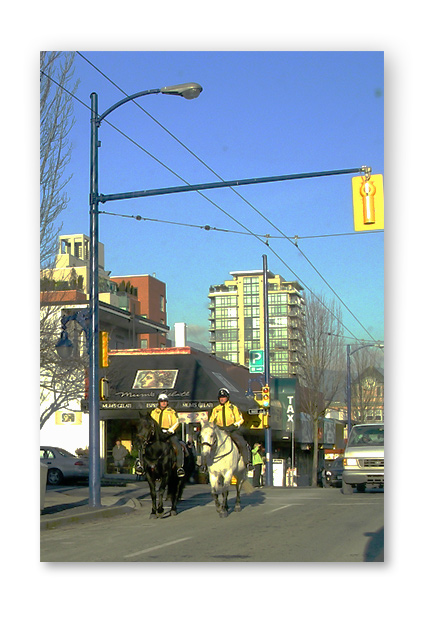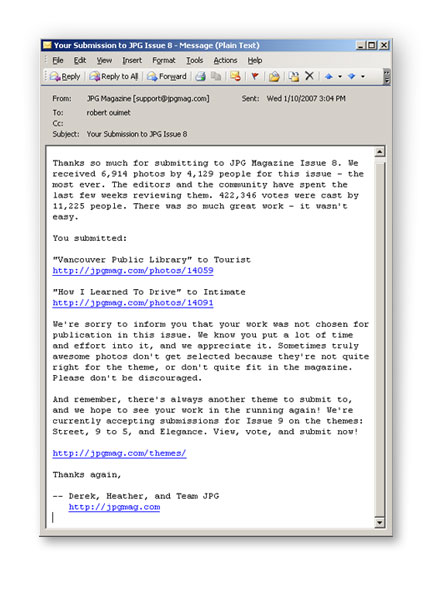Lots of comments on the CBC blog about CBC radio’s upcoming changes.
Here’s one that’s succinct and to the point. If you don’t get the references, no worries, the pull quote is priceless:
Eric S. Smith Says:
January 18th, 2007 at 5:03 pmSo they’re ditching Brave New Waves, Global Village, and even Radio 3, but keeping “Go!”, which, I’m sorry, is the Fozzie Bear of radio shows, *and* giving us a Jian Ghomeshi OD?
Thanks for nothing.
If you follow the thread back what you won’t see is any kind of historical perspective on all of this. Basically, these changes complete a desire to purge CBC of programming and ideas that got a small toe hold in the late 70’s when pop music infiltrated the hallowed halls of CBC radio. Programs like 90 Minutes with a Bullet and The Great Canadian Goldrush originated from someplace other than Toronto (Winnipeg and Vancouver respectively) and put CBC on the map with a whole generation, despite the fact they weren’t on the air very long.
Brave New Waves came a bit later, but is the last remnant of that era. CBC Radio 3 is a virtual Johnny-Come-Lately having shown up in 2000, but had huge impact because of its forward thinking approach to the web and plugging into content creators directly.
Of course, none of these things should be on the publicly funded airwaves – far better to push them off to extremely limited penetration pay-services like Sirius and provide a sop to the rest of the audience by giving them an hour of podcasts every week. Meanwhile, a perfectly good FM network that stretches from sea to sea continues to serve a very select and particular audience.
Welcome back to the 60’s era public broadcasting in Canada.








